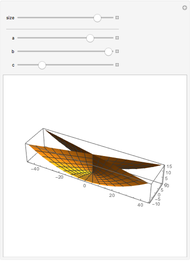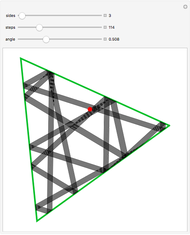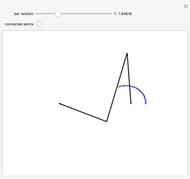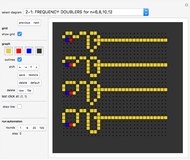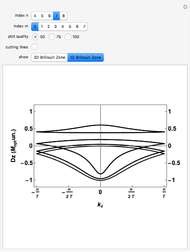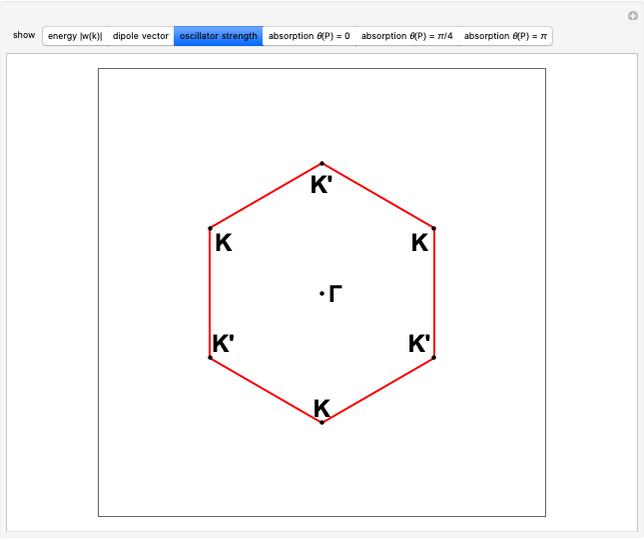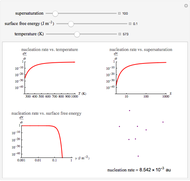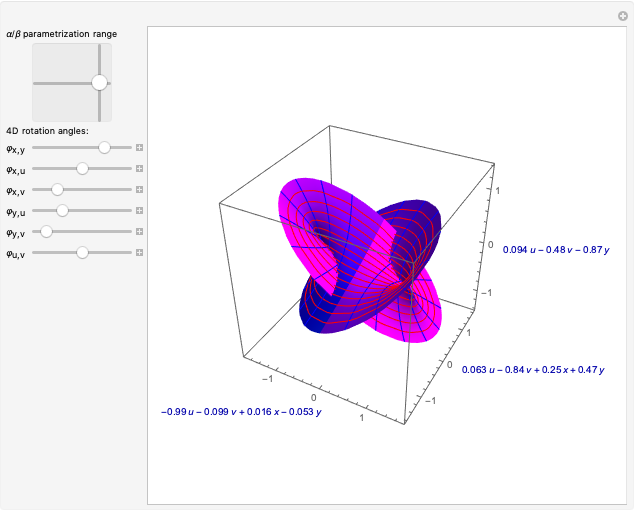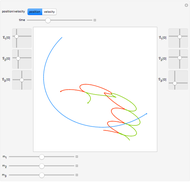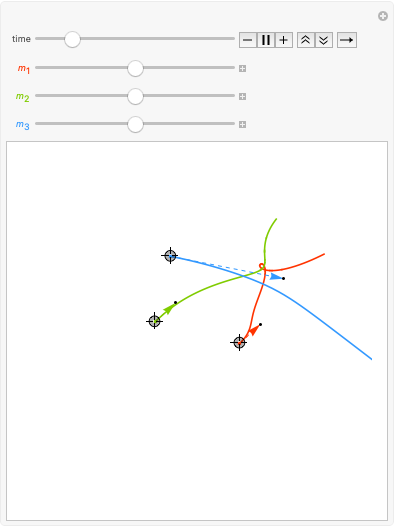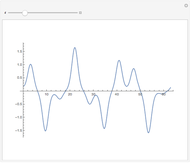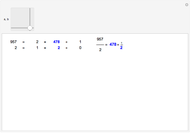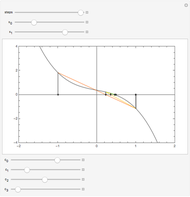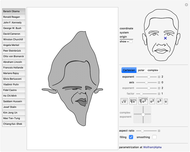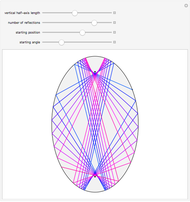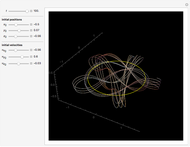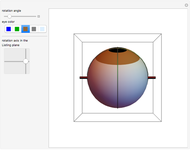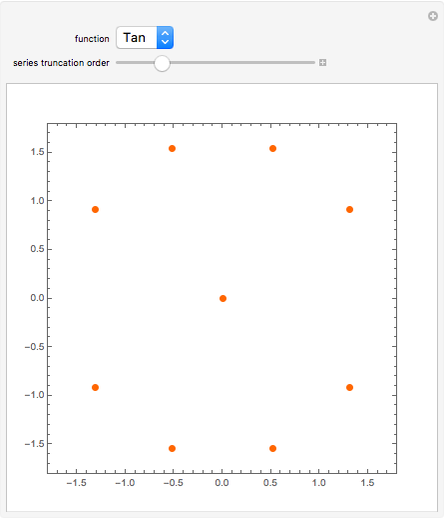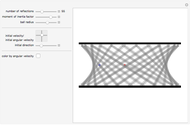Magnetic n-gon Billiards

Requires a Wolfram Notebook System
Interact on desktop, mobile and cloud with the free Wolfram Player or other Wolfram Language products.
This Demonstration shows the path of a magnetic billiard ball. In classical billiards, the paths are assumed to be straight. In magnetic billiards, the paths of the particles are circle segments, modeling the trajectory of a charged particle in a perpendicular homogeneous magnetic field. Another contrast to classical billiards is that magnetic billiards allows for outside trajectories that traverse the billiard table on the outside. (Such trajectories can be observed in modern semiconductor nanostructures, such as quantum antidot arrays.) For a finite thickness and repeated reflections, interesting interference patterns can arise.
Contributed by: Michael Trott with permission of Springer (March 2011)
From: The Mathematica GuideBook for Numerics, second edition by Michael Trott (© Springer, 2008).
Open content licensed under CC BY-NC-SA
Snapshots
Details
P. Bøggild, A. Kristensen, and P. E. Lindelof, "Magnetic Focusing in Triangular Electron Billiards," Phys. Rev. B 59, 13067 (1999).
L. Christensson, H. Linke, P. Omling, P. E. Lindelof, I. V. Zozoulenko, and K.-F. Berggren, "Classical and Quantum Dynamics of Electrons in Open Equilateral Triangular Billiards," Phys Rev. B 57, 12306 (1998).
Permanent Citation







